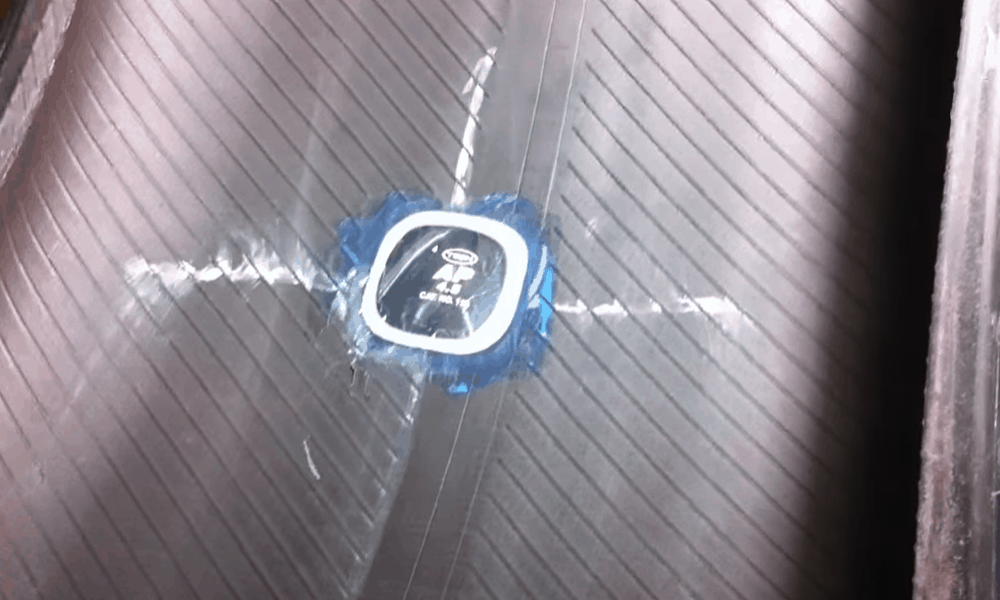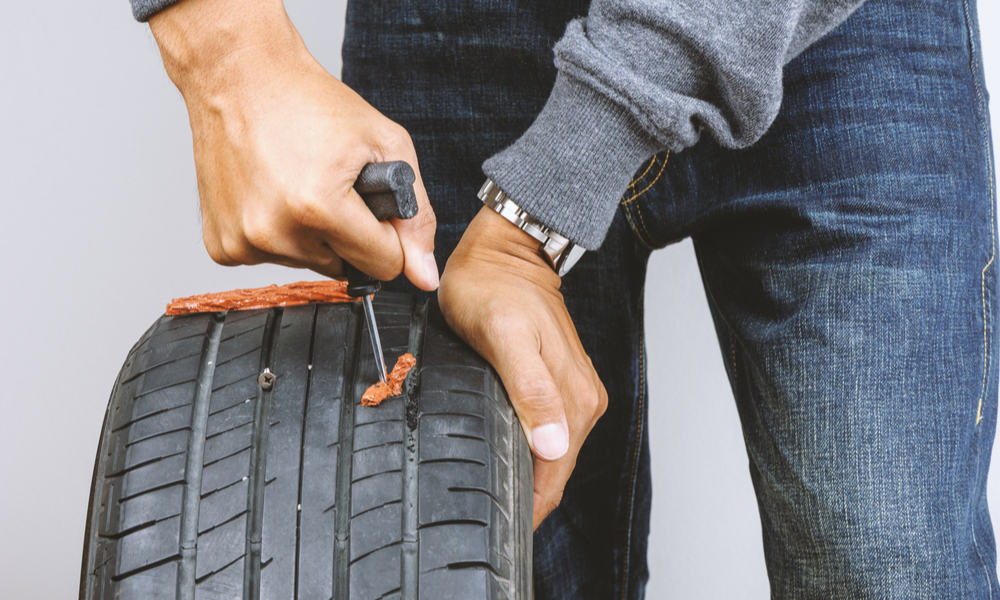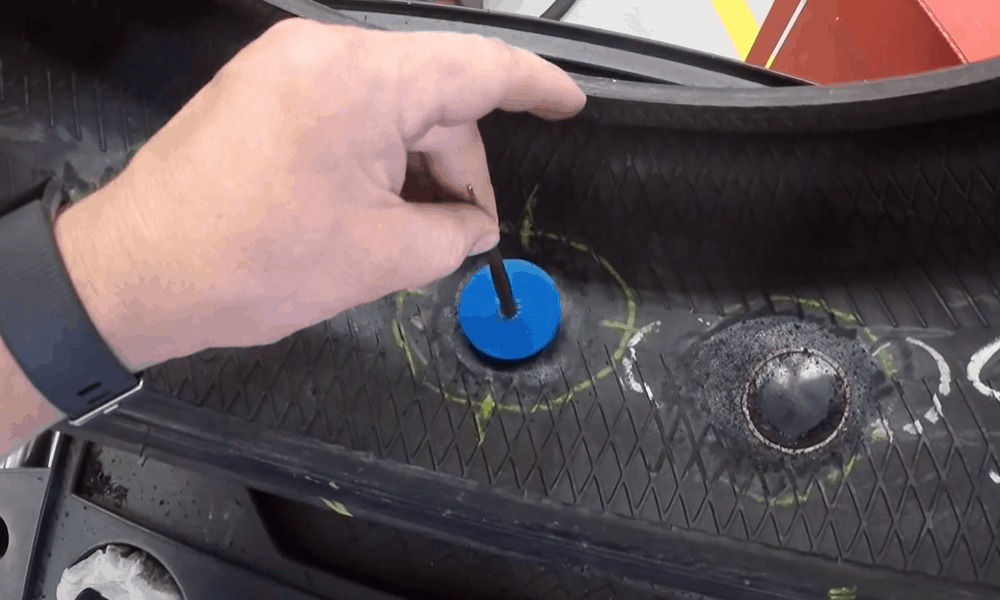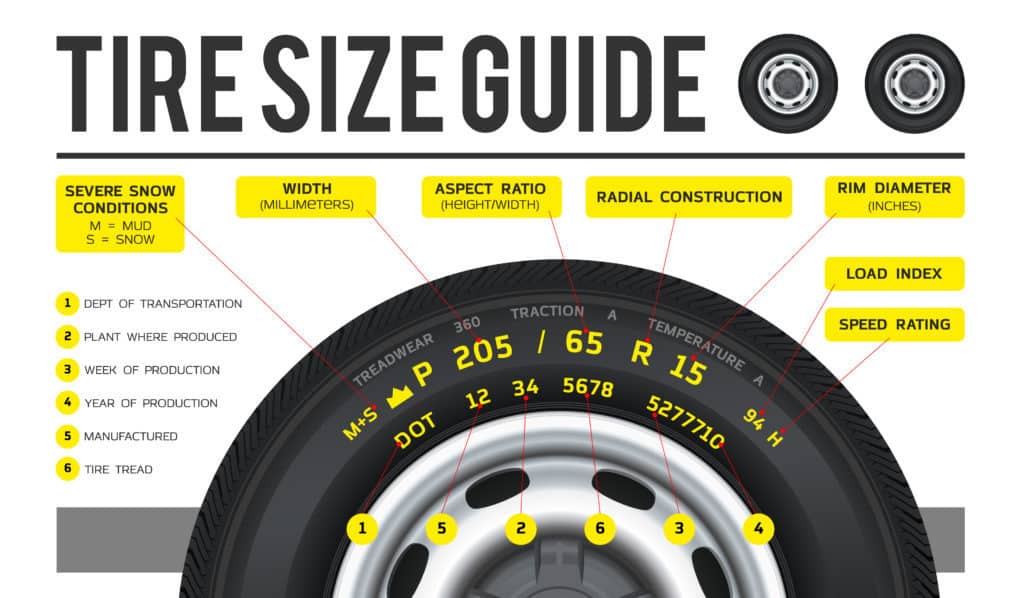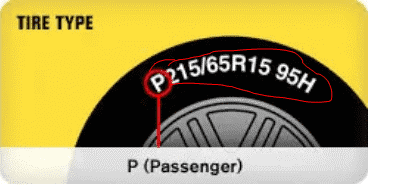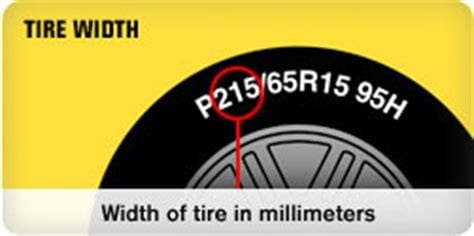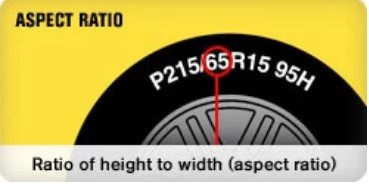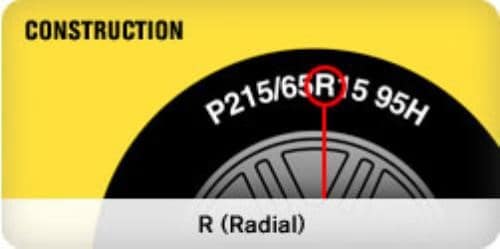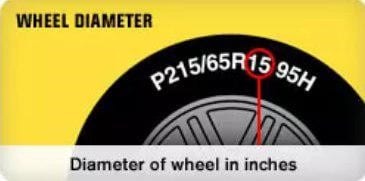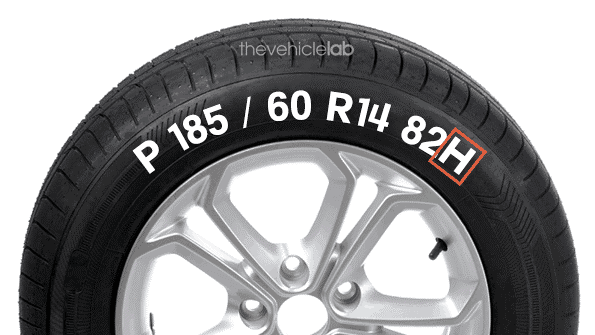The tire pressure monitoring system (TPMS) is one of the simplest, yet most effective solutions to combat improperly inflated tires.
The system can tell the driver when one of the tires is underinflated via a light on the dashboard. On some advanced systems, the driver can monitor the exact pressure.
However, in some rare situations, the TPMS light can illuminate, even though tires are inflated at the proper pressure. So, why does that happen and how to fix it? Let’s discuss down below.
The Connection Between Tire Pressure and Road Safety

Improperly inflated tires can lead to severely worsened handling, longer braking distances, and unstable ride on the highway. For that reason, it is recommended to check the tire pressure at least monthly.
To make things easier and safer for drivers, manufacturers equip modern cars with tire pressure monitoring sensors. And, they don’t do that just for convenience – the TPMS system is required by law from 2007.
At first, manufacturers implemented TPMS only on cars with run-flat tires, such as the 1986 Porsche 959. The engineers decided to use this system because the driver couldn’t tell if a tire is flat – run-flat tires can run without any pressure.
Unfortunately, the TPMS was implemented in all vehicles after the Ford Explorer and Firestone tires controversy. The OEM Firestone tires on Ford’s SUV were falling apart on the highway, which leads to 30 deaths.
Ford and Firestone blamed each other for the issue, but the bottom line was that the tires weren’t properly inflated, from the factory.
More accurately, Ford recommended a very low tire pressure of 26 psi to mitigate the stability issues of the car, instead of making changes on the suspension.
The low pressure lowered the tread life of the tire significantly to the point that they disintegrated at higher speeds.
And, while the Firestone tires were probably at blame as well, this fiasco teaches us that properly inflated tires are essential for road safety and saving lives.
For all those reasons, you should always take care of the tire pressure monitoring system in your car.
How does the TPMS System Work?

Modern TPMS systems use small sensors built into the circumference of the rim to measure the pressure inside the tire. The sensors then send the information to the vehicle’s computer, which then notifies the driver.
The system if very bulletproof and rarely makes wrong measurements. Moreover, it measures the pressure continuously, and on each tire of your vehicle.
However, there is no way to send power to TPMS sensors, which is why they are equipped with small batteries. The cells aren’t easily replaceable, at least not without damaging the sensor. Still, if your car is new, the batteries should last for up to ten years.
In the past, some manufacturers used indirect measuring of the tire’s pressure. The indirect TPMS system uses other data, such as the speed of the vehicle to measure the pressure inside the casing. This system requires no batteries and doesn’t require maintenance.
However, the indirect system can’t make exact measurements. Moreover, the system requires a reset each time the driver inflates the tires. And, if the owner forgets to do that, the system might provide wrong readings.
Why Does the Low-Pressure Light Illuminate if the Tires are Inflated Properly?
In some cases, the TPMS light (looks like a flat tire) on your dashboard will illuminate, even though the tires seem fine.
Whenever this happens, I strongly recommend checking the tire pressure first. A visual inspection won’t work – the tires might look fine, yet they can be underinflated.
Instead, use a tire pressure gauge – they are very cheap nowadays and very small, so you can always keep one in the trunk.
Make sure that the reading is similar to the one recommended by the vehicle’s manufacturer. You can find the recommended pressure on the sill of the driver’s door.
For most passenger cars, the correct pressure varies between 32 psi and 35 psi (2.2 bar to 2.4 bar) when the tires are cold. Once you start driving, the tires heat up, and the pressure rises. Because of that, always measure the pressure on cold tires.
Once you are sure that you properly inflated the tires, and the TPMS light is still illuminated, here are the main culprits behind the inconvenience.
Failed TPSM Sensor

Most often than not, the main reason behind the malfunctioning of the TPMS is a failed sensor. The TPMS light can illuminate even if only one sensor fails.
The bad thing is that you can’t really check if a sensor is faulty on conventional TPMS systems. To do that, you’ll need to take your car to an authorized service, or some independent premium tire service, depending on the vehicle manufacturer.
The reason? You’ll need expensive instruments to check the system, which often requires connecting your car to a certified laptop using an OBDII tool.
That said, if your vehicle shows you exact pressure measurements on each wheel, you can quickly check if a sensor is faulty. Simply measure the pressure on each wheel with a pressure gauge and compare the readings to the ones displayed on the dashboard.
External Changes in Temperature

The pressure inside each tire varies with temperature. The hotter it gets outside, the higher the pressure gets in your tires and vice versa.
On average, the pressure in each tire will rise or fall by one psi for every 10 °F (12 °C). For that reason, in harsh and freezing wintry weather, most vehicles have issues with illuminated TPMS light. This might also happen in very hot weather, but that occurs less often.
To combat this issue, first, drive your car for a few miles. This should warm up the tires and increase the pressure inside. If the problem persists, simply inflate the tires to the proper value, and the light should go out.
Tire Replacement

A recent tire replacement can also lead to improper TPMS measurement. Most of the time, this happens when you replace the whole wheels, like, for example, changing from summer tires to winter tires with winter rims.
Each TPMS sensor has its code, which should be recognized by the car’s computer. When you put new wheels on the vehicle, the technician should reset the system so that it recognizes the new sensors. If not, the TPMS light will light up.
In some rare situations, the tire technician might damage one of the sensors, which might also lead to the TPMS light illuminating.
New Rims Without TPMS

Now, this is an issue that some people don’t think about, but new rims don’t come with TPMS sensors attached. Instead, you need to purchase the sensors separately and install them inside the wheel. If you don’t do that, the TPMS light on your dashboard will be continuously illuminated.
How to Reset the TPMS Light?

Fortunately, you can easily reset the TPMS light on your dashboard, provided you make sure that you correctly inflated the tires.
Modern cars have TPMS reset buttons, which are usually positioned under the steering wheel. However, on some vehicles, you need to do that via the infotainment system. To be sure, check inside the owner’s manual.
After you found the button, turn the key to the “ON” position without starting the engine. Then, push the button and hold it until the TPMS light blinks three times. Release the button and start the engine.
An even easier way to reset the system is by disconnecting the car’s battery. However, this might also reset other electronics in your vehicle, such as the radio stations.
If you don’t care about resetting other electronics, disconnect the positive (red) battery cable. Then, turn on your car and turn the headlights on to discharge any remaining electricity. Reattach the wire, and the TPMS light should stop flashing.
Can You Replace the TPMS Sensors?
Of course, you can replace the TPMS sensors. However, to do that, you’ll need to detach the tire from the rim, something most people aren’t prepared to do.
Moreover, you need to be very gentle with the new sensor. For that reason, I recommend taking your car to a tire repair service and replace the sensor there.
Depending on the vehicle, new TPMS sensors cost from $50-$100. Some services offer a battery replacement, even though the batteries are usually molded onto the sensor. And, while this might work, you can’t get a warranty.
Conclusion
Finding the reason for an illuminated TPMS light might require time and patience, but fortunately, it’s easy and straightforward. Just make sure that you follow the steps that I pointed out in this article, and I’m sure you’ll find a solution.
Even if you didn’t find a solution to your problem, don’t panic! Leave a comment down below, and maybe we can find another explanation. On the other hand, if you found this article beneficial, share it with your friends – it will help us produce even more helpful articles in the future!
The post Low Tire Pressure Light, but Tires are Fine – What to Do? appeared first on Smart Motorist.
source https://www.smartmotorist.com/low-tire-pressure-light-but-tires-are-fine
